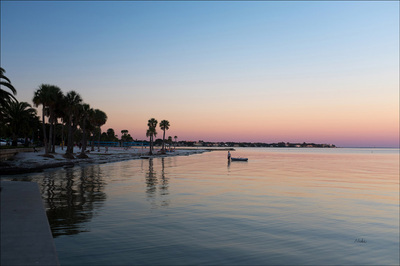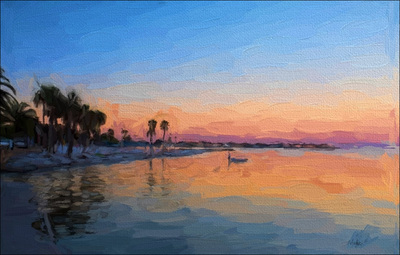Loveseat
November 12th, 201411/12/2014 Almost from the earliest days of photography, there has been a discussion of what is sometimes called pure photography vs. photographic art. Pure photography is sometimes characterized as unprocessed photography: i.e., what is printed is just what comes out of the camera with no post-processing. Examples of such work come from Ansel Adams and Edward Weston. Of course, the notion that there is ever such pure photography is a bit misleading. Adams for instance spent a lot of time processing his prints to get just what he wanted.
Some time ago, I began to be somewhat uncomfortable with pure photography (partly because I regard it as almost a contradiction in terms). Once I was at an exhibit of a photographer's work which included nearly wall size prints of presumably pure photography. What struck me was that they were too clear, too sharp, too . . . and in that sense were rather unlike what one sees without a camera. (One goal of some photography purists is just "to show what was really there.") Since the advent of digital photography, this discussion has been renewed. Given the processing tools available now (Photoshop, Lightroom, Topaz, etc.), the photographer has a large range of options of what (s)he can do with what comes out of the camera. I have been drawn more and more to that sort of photography, and this blog shows that. So here I include so called "pure" photographs and photographs which have been processed in the computer using various software programs. Some readers will probably prefer the unprocessed photos, some the processed ones. I vary on this choice too.
0 Comments
Leave a Reply.Categories |


 RSS Feed
RSS Feed